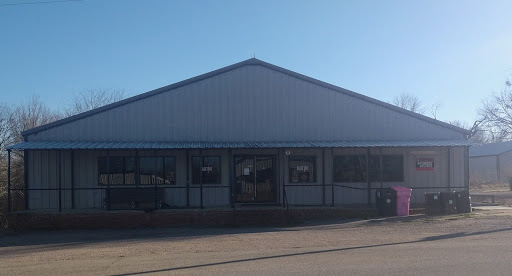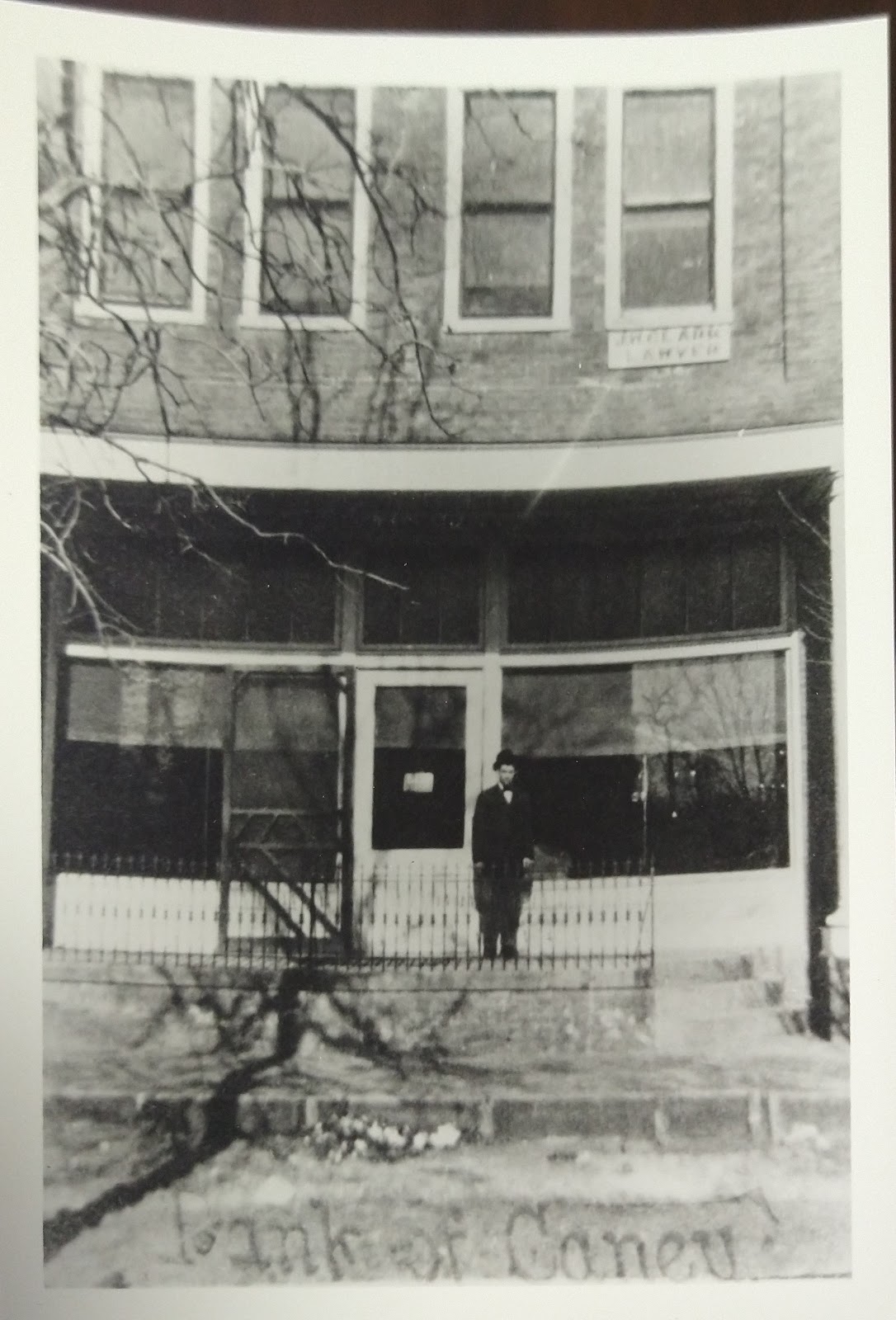A shootout, a bank robbery and the end of an outlaw mainstay all wrapped up in one story from Oklahoma’s colorful history.
The dramatic day in Caney, Oklahoma is often referred to as the last horseback bank robbery in the Sooner state and one of the earliest Oklahoma cases of firearm forensics.
“Biggest thing that ever happened in Caney since it was founded” Ricky Umsted said. Umsted has lived in and around Caney his entire life and said his grandmother used to tell the story of the big bank robbery to him as a bedtime story.

As the story goes, it all began with three men, posing as farmers. They tied up their horses and entered the Bank of Caney on June 20, 1929. Two of the men went inside with pistols while the third stood guard outside with a rifle.
The two inside ordered the bank owner, Charles Brown, along with Brown’s daughter and an elderly man to get on the floor while they went to work.
The gang got away with $2,400.00 in cash and $280.00 worth of gold which is worth about $45,000.00 in today’s money.
“Lot’s of gunfire was exchanged during the pursuit after the robbery,” Cindy Wallis, a local historian, said”
Some of that gunfire began as a celebration by the robbers. As they rode away they fired guns into the air. They rode east through the woods and rugged terrain to a place the locals know as the Boggy Bottom.
True to the old west fashion, Sheriff C.G. Maxwell gathered a posse of people who lived in the town and followed the robbers on horseback and in cars.
During an exchange of gunfire, one of the robbers dropped the gold. Some of the posse members stopped to recover the gold but Sheriff Maxwell continued.
Soon the gang was running out of bullets and needed a way to escape. During a shootout just past the Boggy Bottom Bridge, they put $500 in a can and threw it at the posse. The tactic worked, causing a brief cease fire, which allowed the robbers to set fire to the bridge and escape on horseback once again.
Sheriff Maxwell rode back to town and got in his car and drove to Bentley where he rounded up another posse in hopes of getting back on the trail of the robbers.
But Maxwell had one more clue to follow. The bank robbers left behind evidence from their firearms. In the era before modern-day forensic science he had to rely on just what his eyes could see. His analysis told him the robbers were using .38 caliber bullets.
Following the lead, Maxwell went to all the local stores that sold .38 caliber ammunition and questioned the store owners about recent sales. The work paid off and a hardware store clerk told him a man named Cecil Calico had recently purchased that kind of ammunition.
Maxwell found and arrested Calico and took him to the Atoka County jail.

In total Maxwell was able to recover $1,414.65 from the initial amount stolen from the bank.
Calico never gave up his accomplices and the rest of the stolen money was never recovered.
However, the “most interesting thing” to ever happen in Caney left quite a legacy. Besides being the stuff of local legend, it also marked a shift from robbers escaping on horses to the growing popularity of the automobile for use in fleeing the scene of a crime.

